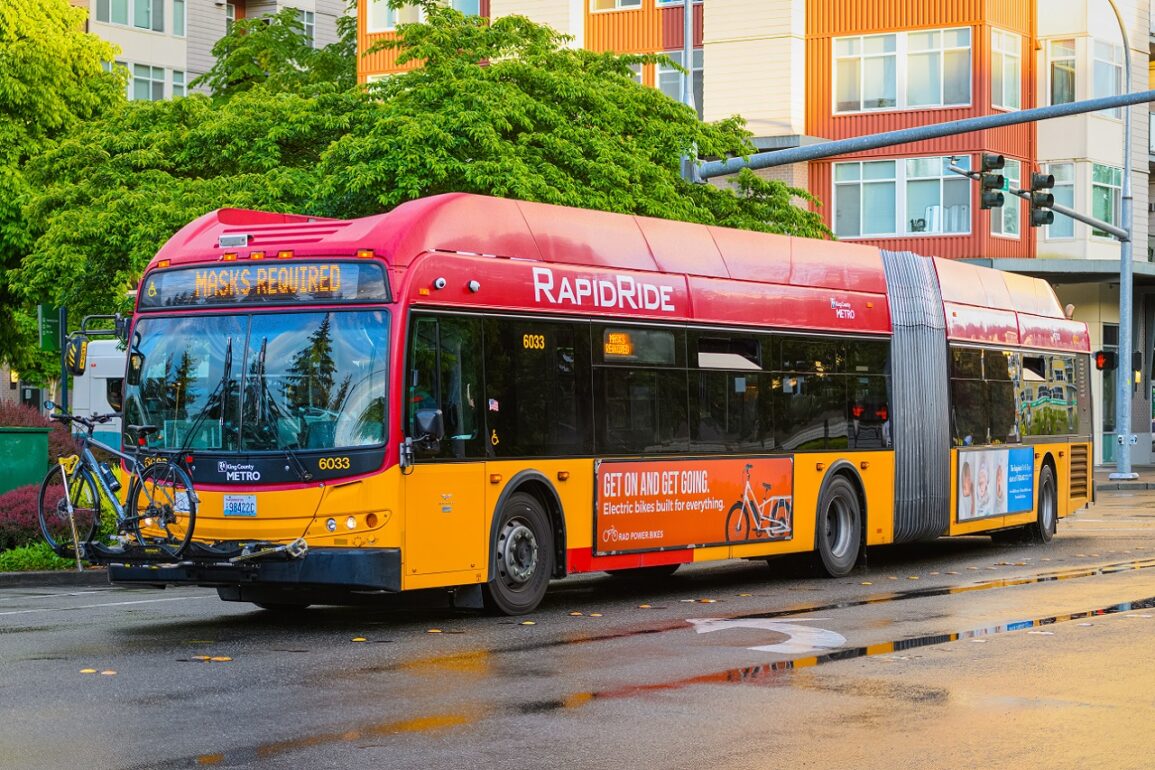Since 2000, metro Seattle’s population has grown by more than 700,000 — a whopping 26%. This has put outsized pressure on regional housing, pushing up prices for condos and single-family homes and accelerating apartment rental rates to where they’re unaffordable for many. In most cities, new housing projects tend to be concentrated around transit lines and hubs, with any eye toward more access and affordability. But in Seattle this is not so much the case. With all our recent growth, a large question remains: why is there so little affordable housing near public transit lines in the city?
The answer largely boils down to zoning. In Seattle and Bellevue, more than 70% of the land is zoned for single-family homes. Near transit lines, about one-third of the land is zoned for single-family homes, but only about 5% of housing permits are located in these zones. Not only does this decrease the potential population density in these areas, it also puts a strain on any residents who are already struggling to afford to live in the city. Opting for public transportation like bus and light rail lines is often cheaper than owning a personal vehicle, but that requires proximity to these transit options.
The predominance of single-family zoning is shared throughout the Puget Sound Region, with certain neighborhoods having an even higher percentage; in Lake Forest Park, 90% of the land is zoned to only allow for single-family homes.
By contrast, some areas are taking steps to try to increase the accessibility of affordable housing near transit. In parts of Snohomish County, including Everett, Bothell and Edmonds, zoning is more flexible and more varieties of housing are allowed. However, demand for housing is lower in these areas and does not reflect the same level of competition found in Seattle and Bellevue.
The lack of affordable housing in core transit corridors has impacted housing prices, with the average rent for a two-bedroom apartment in Seattle up 17.5% year-over-year. Because of this, many renters are now spending more than the recommended 30% of their income on rent, and some homeowners are in the same boat with their mortgages.
While it remains to be seen if the housing crunch will end anytime soon, large local employers are attempting to mitigate the issue caused by so many tech workers in the city. One example is Amazon’s pledge of $374 million toward transit-oriented development, which will include affordable housing. Much of this work is being done along existing transit lines, which would make it cheaper and easier for residents to live and work around the city.
This article was originally posted on Puget Sound Business Journal by Shawna De La Rosa.




